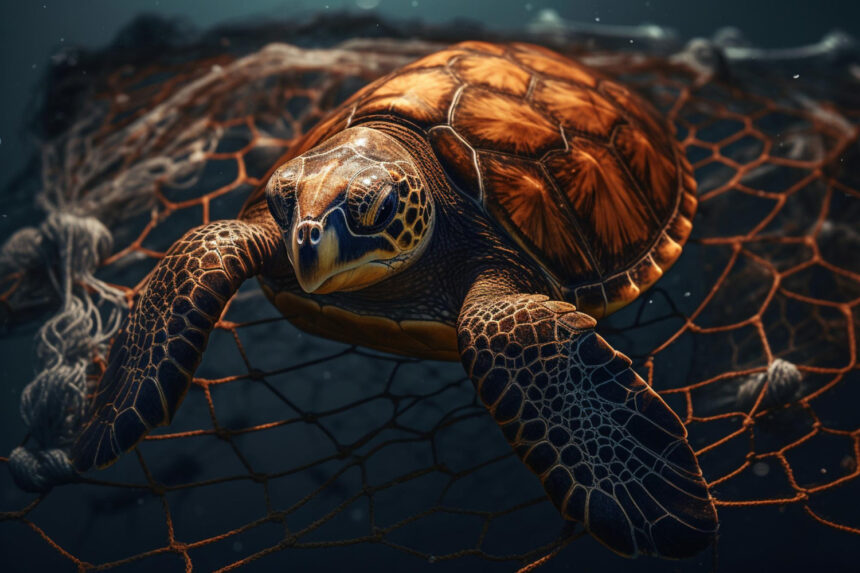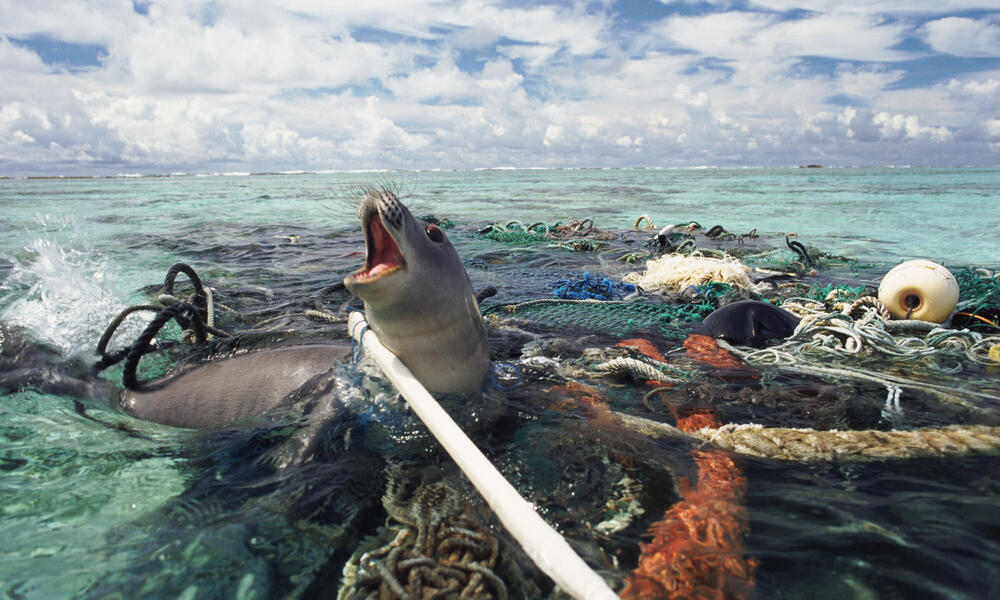Introduction:
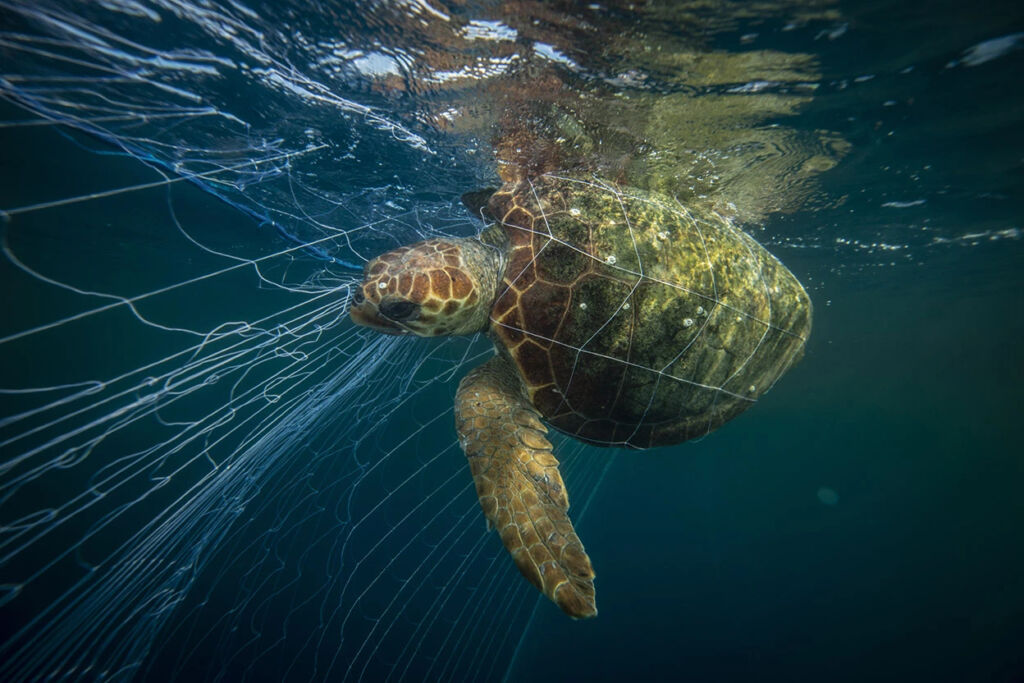
Migratory marine species embark on extraordinary journeys guided by ancient instincts and complex oceanographic cues. Yet, human intervention increasingly disrupts these pathways.
The relentless hum of ships and the rhythmic splash of nets form an invisible net in the vast expanse of our oceans. These sounds are not simply noise – harbingers of danger for migratory marine species.
Fishing devices designed to maximize catch often become deadly traps, entangling whales, turtles, and countless others. Are you getting flashes from the Disney movie “Finding Nemo”?
But there’s a glimmer of hope – the COP14 guidelines. Can these measures indeed weave a tapestry of protection for these ocean wanderers, or will they become mere threads lost in the vastness of the problem?
Migratory Marine Species (MMS):
These animals undertake regular, extensive journeys across ocean habitats. They encompass many species, including whales, sea turtles, sharks, tuna, and seabirds. These migrations are often driven by the search for food and suitable breeding grounds or the desire to follow favorable environmental conditions.
Importance of Migratory Marine Species:
Migratory Marine Species play vital ecological roles.
Nutrient Transport: MMS move nutrients between ecosystems by traveling vast distances, fertilizing otherwise less productive areas.
Food Web Balance: They act as predators and prey, helping regulate populations throughout the marine food chain.
Ecosystem Engineers: Certain species, like sea turtles, actively shape their environments (e.g., modifying seagrass beds), benefiting other marine life.
Indicators of Ocean Health: MMS’s health and migration patterns reflect our oceans’ overall well-being. Declines in their populations signal trouble.
What is COP14?
COP14 is the 14th Meeting of the Conference of the Parties to the Convention on the Conservation of Migratory Species of Wild Animals (CMS).
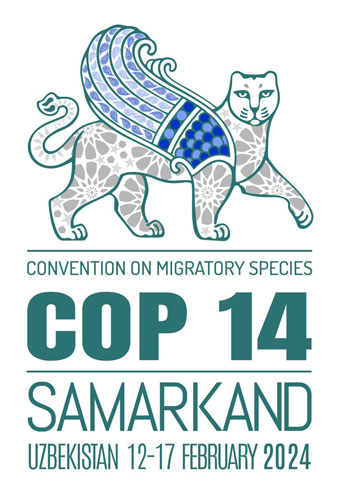
CMS is an international treaty backed by the United Nations Environment Programme that focuses on the conservation and sustainable use of migratory animals across their entire range.
COP meetings are held every three years, bringing together governments, scientists, and NGOs to make decisions and establish guidelines for protecting migratory species.
Central Goals and Concerns of COP14:
Addressing Threats to Migratory Species: COP14 tackled a range of urgent threats facing migratory animals, including:
- Habitat loss and degradation
- Climate change
- Pollution (including plastic debris)
- Conflict with human activities (like bycatch in fishing gear)
Implementing the CMS Strategic Plan: This plan guides the long-term conservation efforts for migratory species under the CMS. COP14 focused on evaluating its progress and establishing priorities for the coming years.
Adding New Species for Protection: Several new species were proposed for listing under the CMS appendices, extending protections to those in need.
How do fishing devices cause harm to migratory marine species?
Entanglement and Bycatch:
Fishing gear such as longlines, drift nets, and Fish Aggregating Devices (FADs) can entangle marine life. Migratory species like whales, dolphins, sharks, and turtles can become trapped in nets or hooked by lines, resulting in severe injuries, drowning, or starvation.
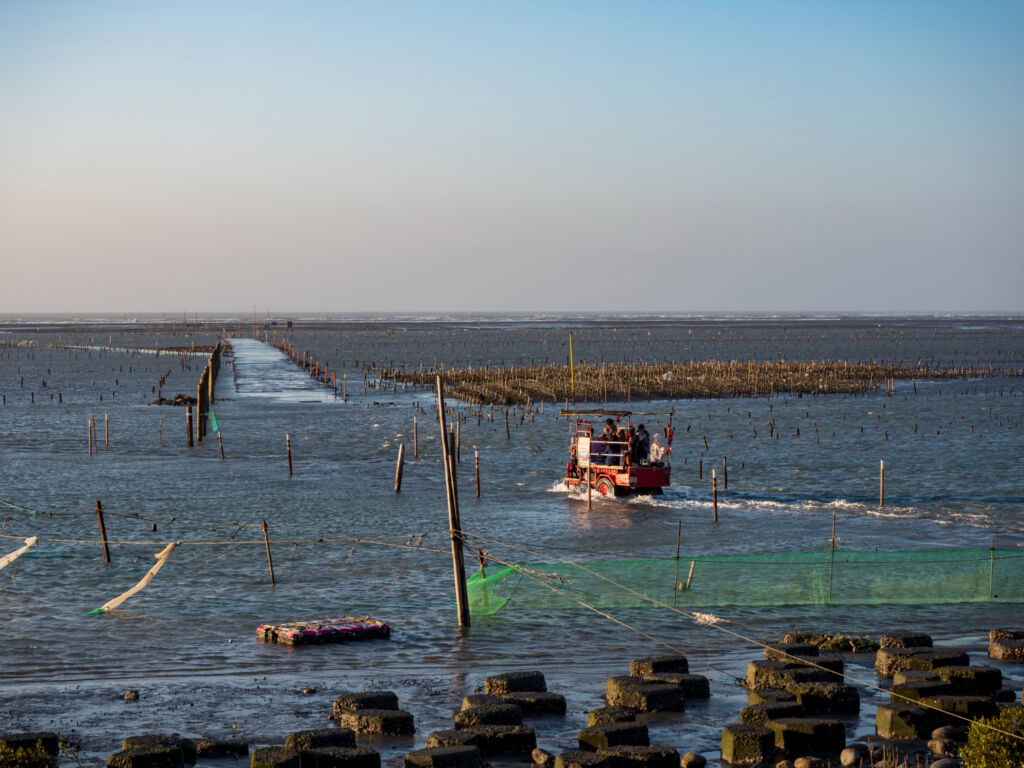
Bycatch refers to the unintentional capture of non-target species in fishing gear. This is a significant threat to migratory marine species, as they are often accidentally caught alongside commercially targeted fish.
Habitat Disruption and Destruction:
Certain fishing practices like bottom trawling, where heavy nets are dragged along the ocean floor, can severely damage delicate seabed habitats. This destroys vital ecosystems relied upon by many migratory species for feeding, breeding, or rest.
Abandoned fishing gear, called “ghost gear,” degrades habitats, posing ongoing entanglement risks and contributing to marine pollution.
Overfishing and Prey Depletion:
Intensive commercial fishing can deplete fish stocks that migratory predators depend on for survival. This disrupts the food chain and can destabilize populations of larger migratory species.
Pollution and Noise:
Lost or abandoned fishing gear becomes marine debris, contributing to the ocean plastic pollution crisis. Animals can ingest plastic or become entangled in it.
Sonar and other noise associated with fishing operations can disrupt migratory marine animals’ communication and navigation abilities, particularly marine mammals.
Primary COP14 Fishing Device Guidelines:
The guidelines recognize the severe threat of fishing devices and outline tangible steps for mitigation. The focus on prevention rather than merely retrieval is a crucial shift.
The focus of the COP14 guidelines revolves around Fish Aggregating Devices (FADs) but also applies to other gear types where relevant. Key stipulations include –
Non-entangling Design: FADs should be constructed to minimize entanglement risks to marine life.
Regular Inspection & Maintenance: Operators are responsible for frequent FAD checks to reduce lost or abandoned gear instances.
Responsible Deployment: Guidelines promote strategic placement of FADs away from known migratory routes and areas of conflict with other fisheries.
Retrieval and Disposal: Fishermen are urged to recover FADs when they are no longer in use and to dispose of them in an environmentally responsible manner.
Biodegradable Materials: Encourages the development and use of biodegradable FAD construction materials.
Assessment of Potential Effectiveness:
The success of these guidelines ultimately relies on voluntary adoption and enforcement by fisheries and individual nations. Strong monitoring systems are needed.
Why "Potential" Effectiveness?
- Early Stages: Since the guidelines were adopted relatively recently (2020), there isn’t enough long-term data to make definitive conclusions about their real-world impact on migratory marine species.
- Lack of Standardized Data: Globally, no coordinated database tracks the precise causes of marine animal entanglements or how much these incidents have decreased (or not) with the guidelines.
What Do We Mean By Effectiveness?
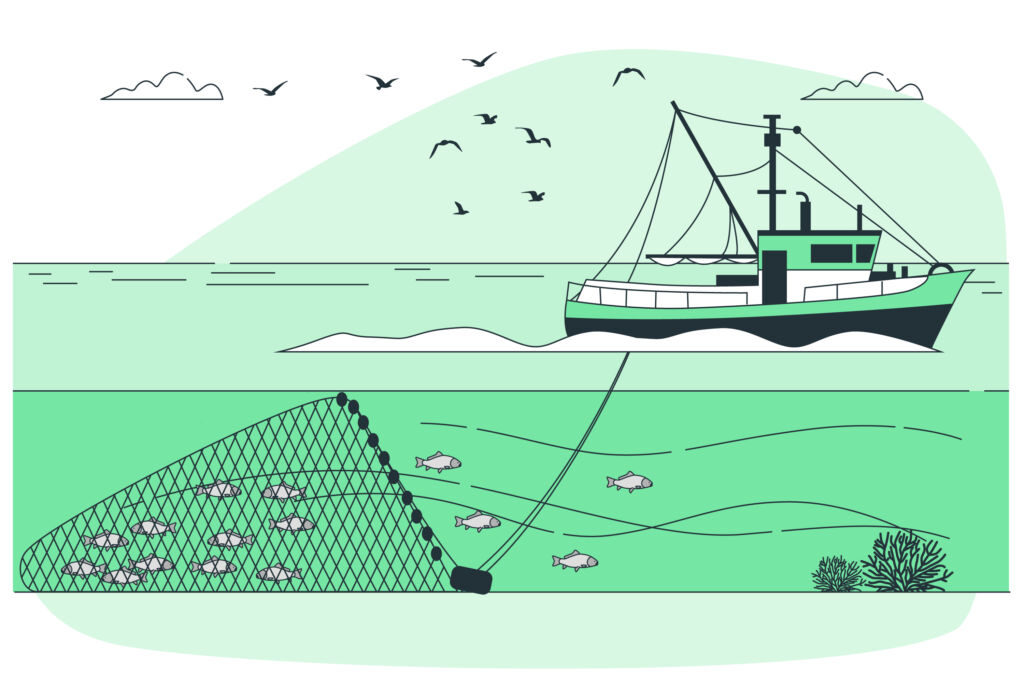
The guidelines aim to protect migratory marine species (MMS) from harm caused by fishing devices. So, effectiveness refers to whether the guidelines have the power to:
- Reduce Entanglement and Bycatch: The most direct impact would be fewer MMS trapped in fishing gear, resulting in injury or death.
- Encourage Safer Practices: Are fisheries actively modifying their FADs, being more strategic about placement, and prioritizing retrieval to prevent lost gear?
- Protect Migration Routes: Ideally, fewer harmful fishing devices in a critical part of a migratory pathway should make those journeys safer for marine animals.
- Promote Ecosystem Change: A long-term hope is that the guidelines, if genuinely effective, could positively impact ocean health and contribute to the recovery of depleted fish stocks or degraded habitats relied upon by MMS.
Challenges and Possible Improvements:
Unfortunately, it’s still relatively early to definitively assess the on-the-ground impact of the COP14 guidelines on a large scale. Comprehensive studies focusing specifically on guideline adherence and the resulting impact on migratory marine species (MMS) may take years to fully develop.
While the guidelines make positive recommendations, some critics argue they aren’t stringent enough. For example, there are no absolute bans on certain FAD types or mandatory requirements for biodegradable materials.
Ambiguity Regarding “Non-Entangling”: There’s no precise definition, leaving room for interpretation and potential term misuse.
Monitoring and Enforcement: The guidelines lack an apparent international oversight and accountability roadmap. Nations without robust regulations could undermine progress.
Scope: While FADs constitute a significant concern, broader regulations addressing a more comprehensive array of fishing gear types could be more impactful for complete MMS protection.
Vastness of Oceans: Monitoring fishing practices across international waters is incredibly difficult. Illegal, unreported, or unregulated fishing activities can circumvent guidelines easily.
National Sovereignty: CMS guidelines are non-binding. Nations have discretion in choosing how strictly to enact them within their jurisdictions.
Economics: Transitioning to more sustainable fishing gear might prove costly for some fisheries, mainly small-scale operations, creating resistance to necessary changes.
Competing Interests: Finding a balance between the fishing industry’s needs and the conservation of migratory species often involves tough compromises, slowing progress.
Limited Data: The lack of standardized, global data on fishing gear impacts MMS, hindering targeted policies and the ability to measure improvements accurately.
Ways to Strengthen the Guidelines:
More apparent Targets: Setting specific, measurable goals for FAD reduction, the transition to biodegradable materials, and bycatch reduction would guide policy development and allow progress evaluation.
Mandatory Elements: Making certain aspects of the guidelines binding rather than purely voluntary ensures a minimum level of adherence.
Incentives: Developing programs that reward fisheries or nations meeting or exceeding the guidelines could encourage adoption and innovation.
Penalties: Having more vital consequences for non-compliance would make the guidelines more impactful.
The Need for Collaborative Stakeholders:
- Fisheries: Proactive partnerships with the fishing industry are critical. This includes involving them in solution development and technological advancements for safer fishing practices.
- Nations: Individual governments must translate COP14 principles into enforceable domestic legislation, support transition fisheries, and collaborate on international monitoring efforts.
- NGOs and Researchers: These entities have a role in conducting targeted research, monitoring guideline adherence, raising public awareness, and pushing for policy changes.
- Consumers: Promoting seafood sustainably caught with MMS-friendly practices creates market pressure for change within the fishing industry.
Conclusion:
The COP14 Fishing Devices Guidelines represent a promising flicker of hope for migratory marine species. They acknowledge the dire threat of careless fishing practices and outline pathways for mitigation.
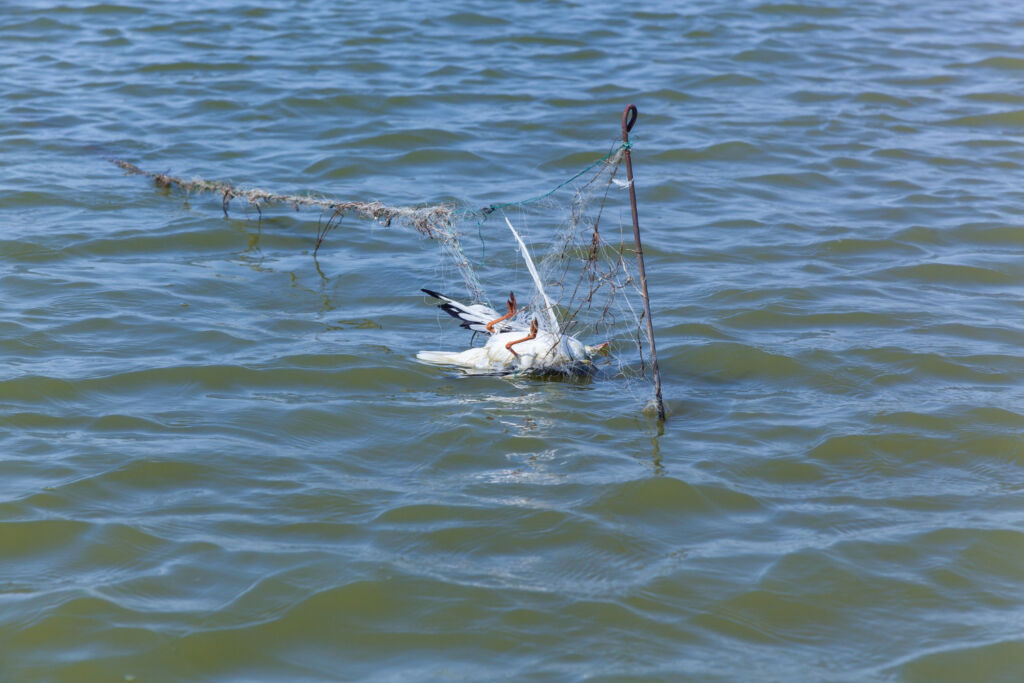
Overcoming the obstacles facing the COP14 Fishing Device guidelines requires strengthening the regulations and creating an environment of cooperation and accountability. Multi-stakeholder involvement is essential for making meaningful progress and safeguarding migratory marine species.
The COP14 Fishing Device Guidelines represent a step in the right direction, but their effectiveness is yet to be determined. The oceans and the magnificent creatures traverse them depend on us to turn promises into tangible, enduring protection.

